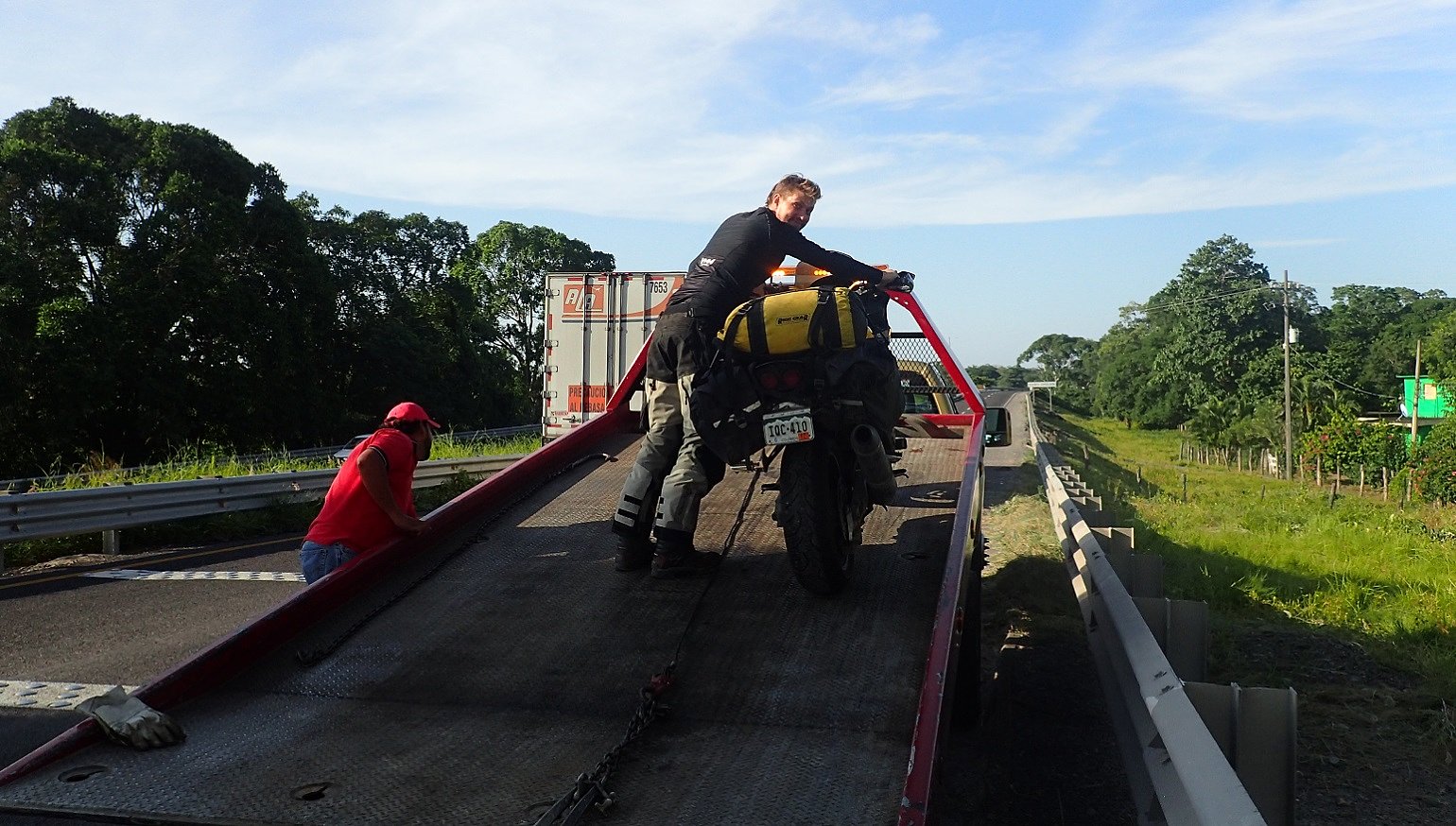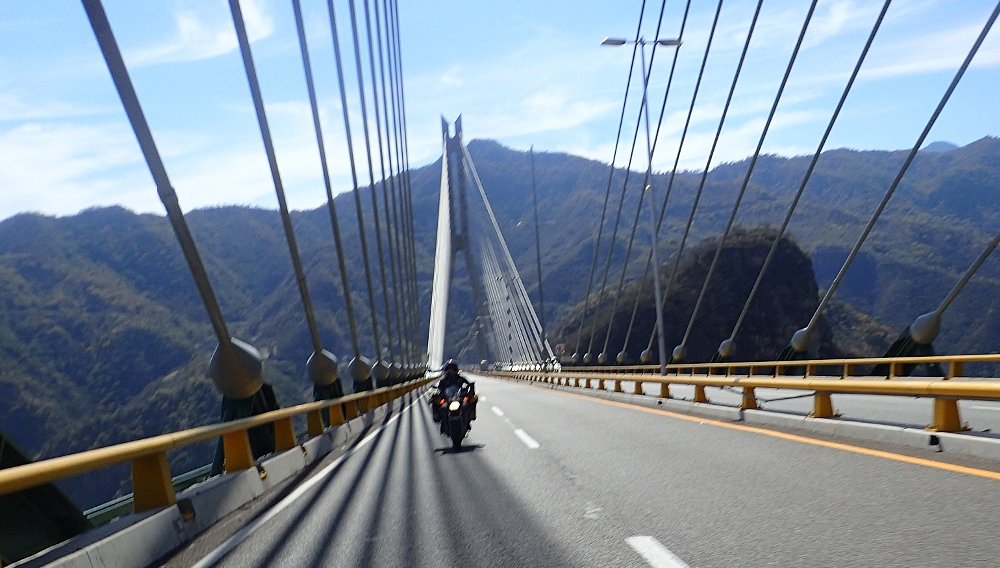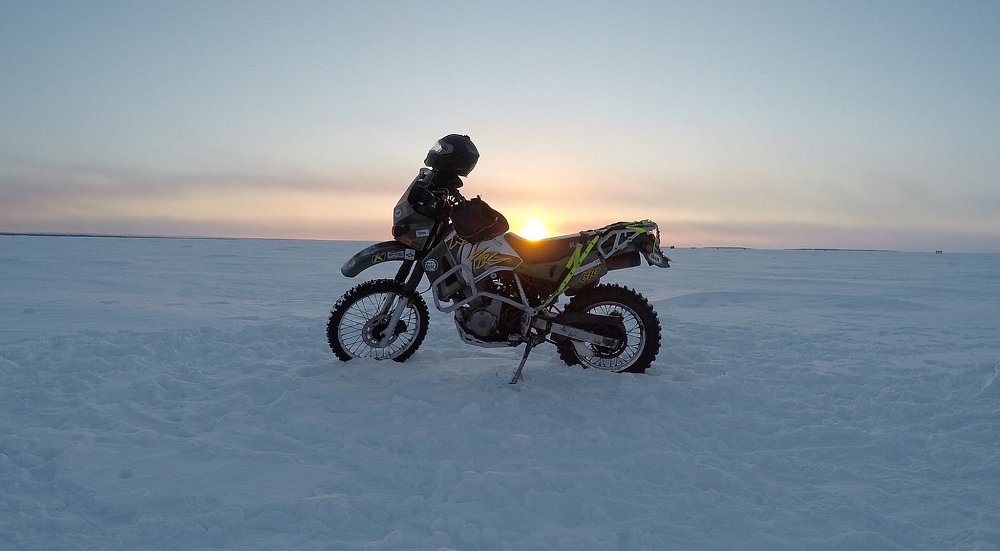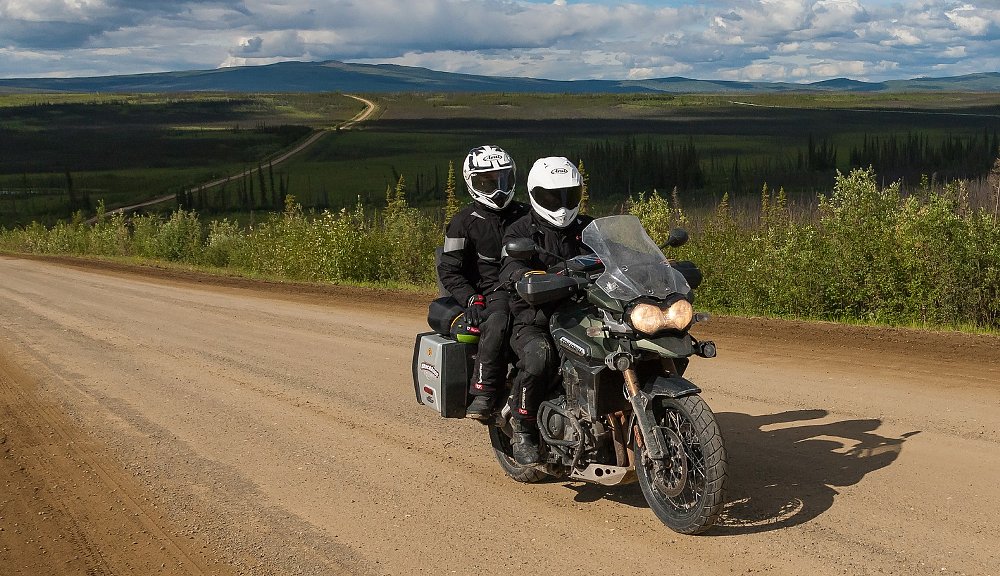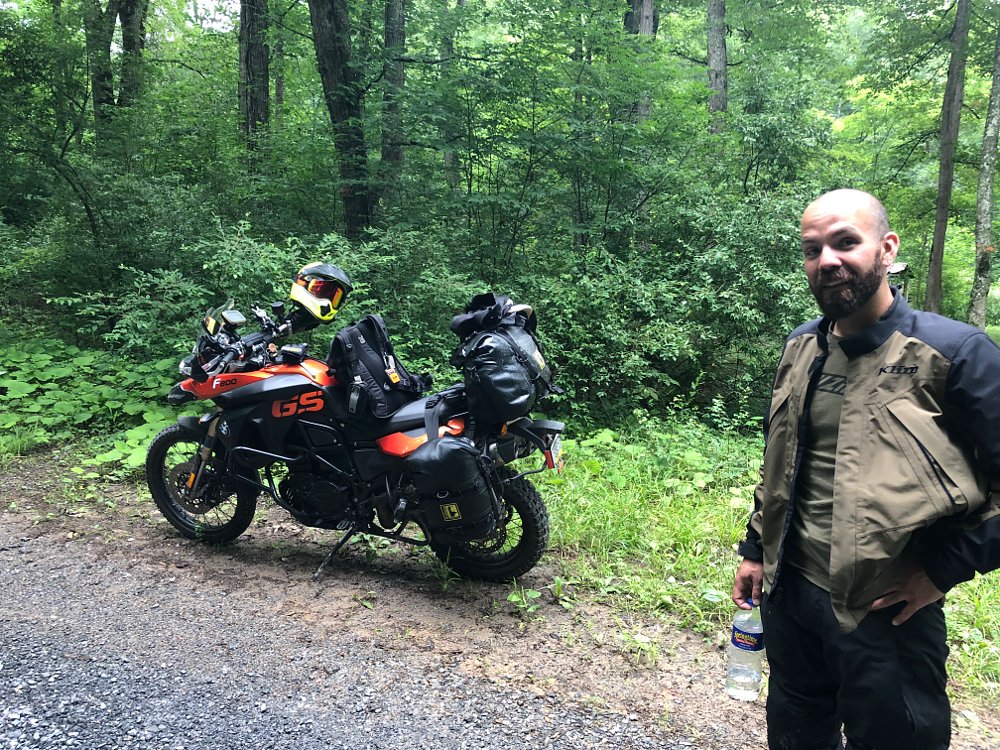My tires roll to the side of the road, using the remaining momentum from the previously running engine. I cycle the key and try again. The bike sputters and chokes for another mile as if it’s running out of gas, despite the fact that I just filled the tank 50 miles ago.
I'm thankful to be at the top of the mountain, so I have some chance of rolling down in neutral, but I curse the gas station that must have dispensed something that was only nine parts gas and one part grime and water.
Breakdowns and broken things happen, and sometimes you have to deal with bike problems in the middle of a mountain road, a foreign country, or even a busy highway. Maybe it's an electrical gremlin completely out of your control, maybe you crashed and broke something, or maybe you didn’t maintain the bike as well as you should. But no matter the reason, you’re stranded with a several hundred pound metal paperweight. What’s done is done and it’s time to deal with it.
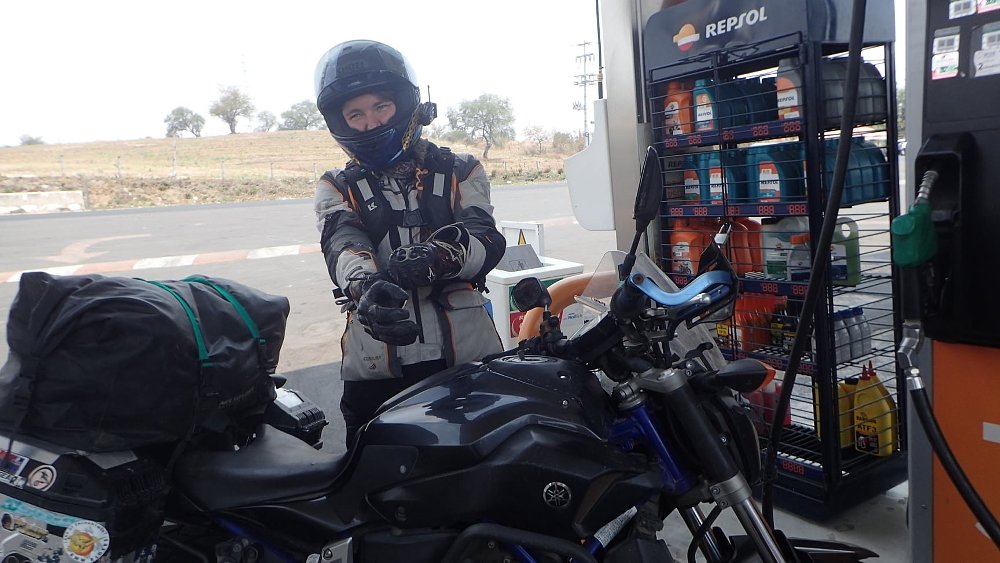
Mechanical problems I have known
Fortunately, mechanicals in my travels have been a pretty rare occurrence (Thanks, Yamaha!), but even my trusty FZ-07 has left me in need of creative problem solving here and there.
In the example above, I was recently riding over a beautiful mountain pass in the hills of Jalisco, Mexico. In the middle of the ride, shortly after the smooth twisty road turned into asphalt that might have felt more gentle while riding a jackhammer, my bike started sputtering and struggling — a sensation I know all too well, thanks to a lifetime of playing "Gas Light Chicken." But there was no reason I should be running out of gas, I thought.
I was still 100 miles from the nearest city and just as far from any cell service that might let me call for roadside assistance (something that’s included with Mexican insurance). When I cycled the key, the bike would run for a few minutes, but then it would surge and stall out again. I didn’t know if it was bad gas or a dying fuel pump, but since the bike would start and run, I decided my best bet was to try to limp it to Guadalajara, one of the largest cities in Mexico.
Now, having an unpredictable bike in Mexican traffic is scary. My travel partner rode behind me as a shield, and I was hugging the shoulder, pulling over to cycle the key to get a few more sort-of-running miles out of it every few minutes. I knew I was risking damaging the bike further by running it, but it was better than risking being stuck in the Mexican countryside when the sun started to set. If I could get to the city, at least I would have options.
The stress and frustration were high, but by the grace of the god of speed, I managed to baby my bike to the other side.
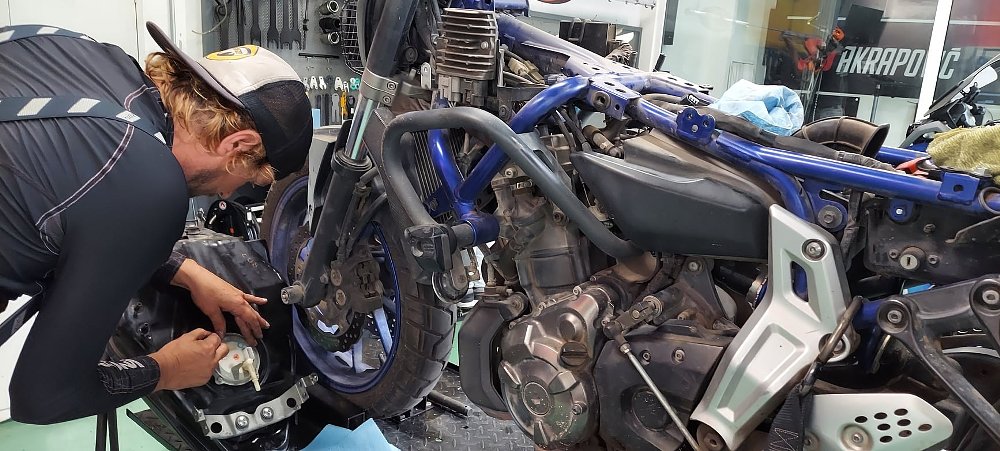
But now I had to diagnose the problem, and the hotel wasn’t fond of the idea of me doing that in their parking lot. The local motorcycle shop, however, was more than happy to help. Since we had all of our own tools, they offered us access to one of their bike lifts and any additional hands we might need, free of charge. Liability might make this impossible in the states, but in less developed countries, no one bats an eye.
After a few hours of pulling things apart, we dumped a tank full of gas laced with black chunks of grime that had been clogging my fuel pump. The spark plugs needed replacing, too, after being forced to run lean on the clogged pump, but with some help from the shop hands, we were back on the road!
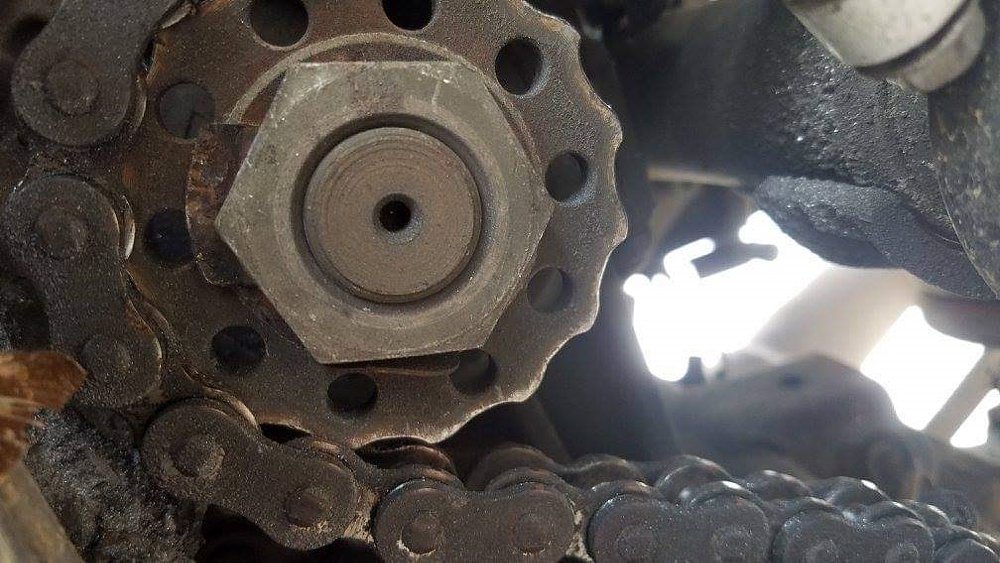
On another occasion (also in Mexico), my travel companion thought he could get a few hundred more miles out of his sprockets when, quite frankly, he could not. We ended up stranded under an underpass on a busy highway, 30 miles from our destination. This was an instance that needed roadside assistance. The Policia stopped by to help, then we got a tow into the city, ordered some parts, and buckled down for a week to wait for them. With a new chain kit in hand, we tried stopping by a motorcycle shop to borrow a grinder and chain tool, but in Mexico, there aren’t many big bikes, so none of the local shops had the tools we needed.
That was when we learned that tortilla presses also use chains, and the local tortillería had the tools! They didn't ask for anything but accepted a couple of two-liter bottles of Coca-Cola from us as a trade for using their tool. Soon my partner had fresh sprockets and a newly installed chain. (I now travel with a chain tool, for the record. But the universe has been kind while I learn things the hard way.)
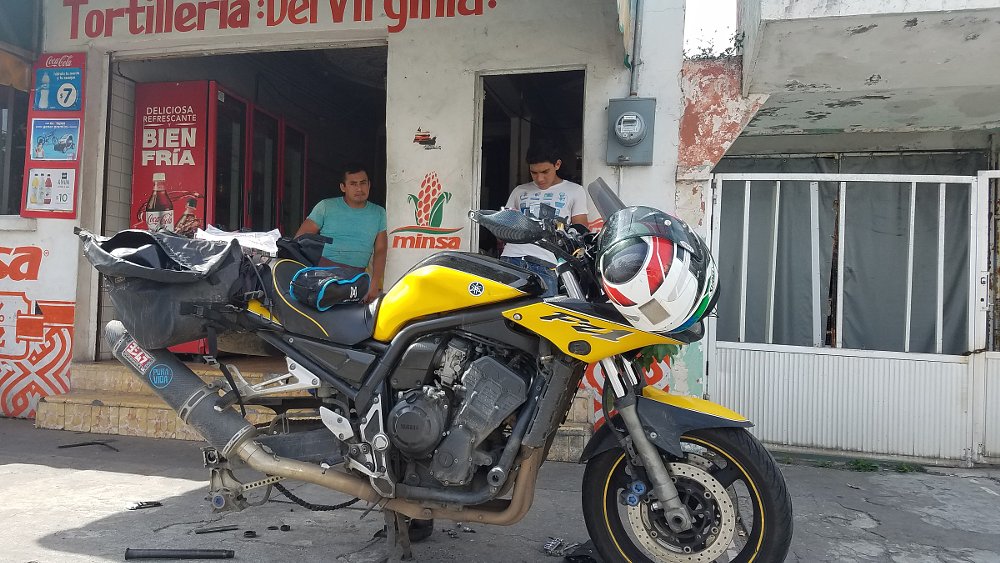
I’ve run out of gas and had passersby drive my spare can to the next station. My partner once limped a bike with a failing clutch to a farmer’s house in Nebraska, where we exchanged repainting a barn for room and board while we waited for parts. I’ve had total strangers offer bump starts or places to stay.
Rarely in this overcrowded world will you be totally alone with your issues, and you might be surprised how often a little bit of "trail magic" and good-natured locals will be happy to help a traveler in need.
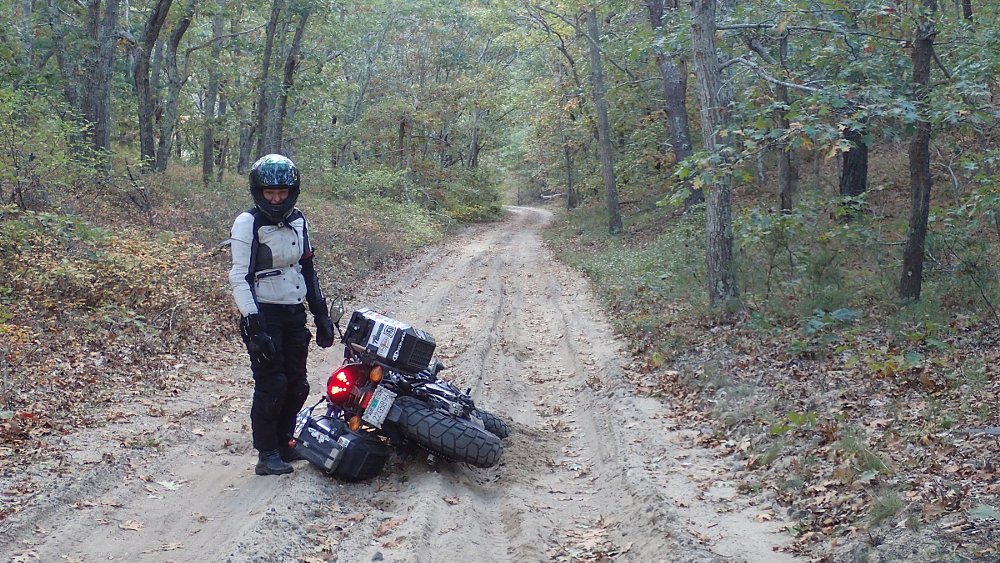
Crashes I have known
I’m not ashamed to admit I’ve crashed on the street. (The track, too, but you’re supposed to crash there.) Twenty-one-year-old Tiff made some bad decisions, let me tell you. (Thirty-three-year-old Tiff is barely better.) Fortunately, I always wear my gear and I’ve had the good fortune of being able to walk away with only bumps and bruises, but that doesn’t mean there were no consequences.
Now, in the event that you didn’t bin the bike and yourself to the point that an ambulance and a tow truck are the only real option, crashing often requires a bit more improvisation.
When I rode to Alaska and back, there was one day where my partner and I were riding to camp at the end of a long day. The sun was nearly set, my mind was tired, and I should have called it hours ago. But we only had about two miles left to a nice lakeside spot, so I pressed on.
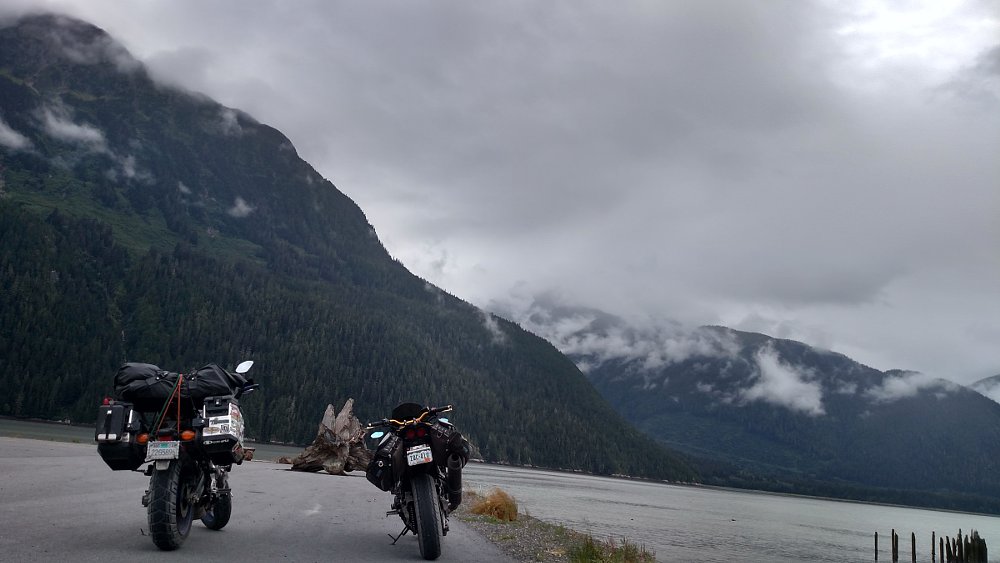
Long story short, I hit a patch of gravel in a tight 90-degree turn and surfed my bike down the asphalt right into the rocks. If I had been logical, I could have abandoned the idea of turning and shot onto the gravel trail ahead to slow myself while my bike was straight up and down. But I didn’t. The damage was done, and I was on the floor questioning my life choices.
The bike was mostly fine. My handlebars and foot pegs were bent, my dry bag now had a small hole in it, my visor was scraped to hell, I twisted my knee, and my Gore-Tex gear was definitely not waterproof anymore. Mechanically and physically, however, we could technically continue.
And I had to. I still had literally thousands of miles of Canadian wilderness to get through before I was anywhere near a town where I could replace these things. It was raining every day and it was cold.
Duct tape, zip ties, and big wrenches are a poor club racer’s best friend, and I never leave home without them. The bike didn’t quite ride straight anymore, but I was able to bend it back enough so I could still shift. The rain was relentless, but wrapping duct tape around the holes in my jacket and pants helped with the waterproofing. A cheap pair of sunglasses kept the mosquitoes out of my eyes in lieu of my scratched-up visor. Looking through the scratches sufficed when the rain got heavy and I needed more protection.
I looked like I had lost a fight with a weed whacker, my body ached, I had to prop up my twisted knee on my crash bars until I could bend it enough to put it on the foot peg, and my bike was going to need some love, but it was enough of a solution to get me to a city where I could get some rest and fix things. It was a way to make it work.
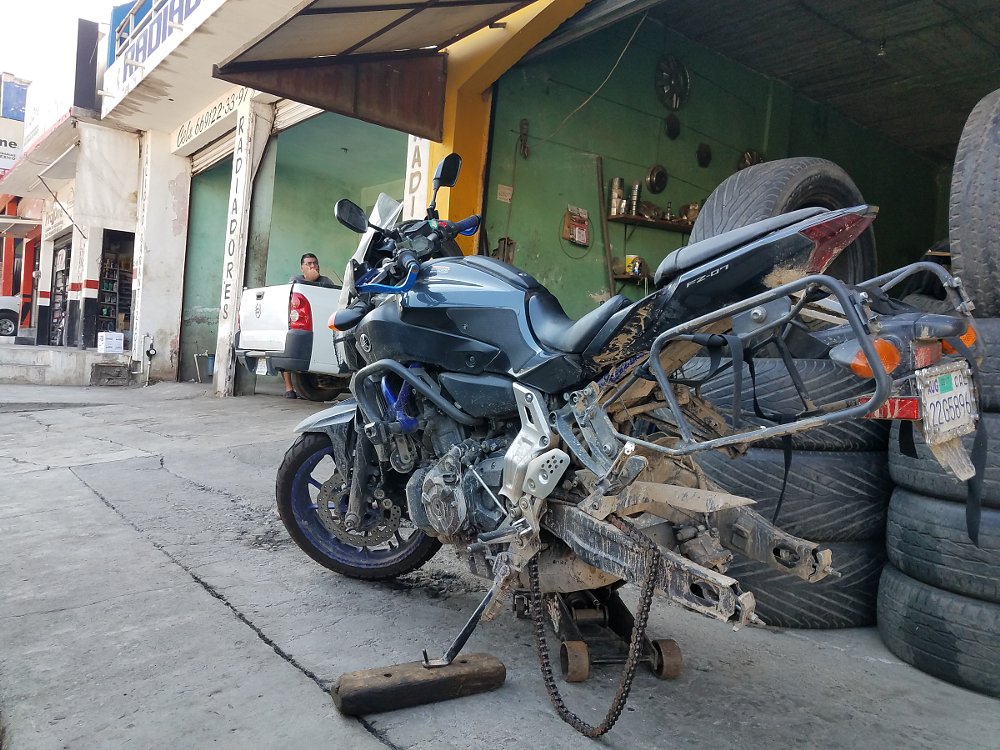
And that’s often what these situations are all about. You might not realize how capable and tough you really are until you’re out on the road and fight becomes your only option.
There’s always a lot of fear around the "what ifs" of things going wrong on the road, but if you give yourself a chance, you’ll likely discover your luck and your drive and a few kind strangers are up to the task.
And if they’re not? Well, you still have duct tape and zip ties.




